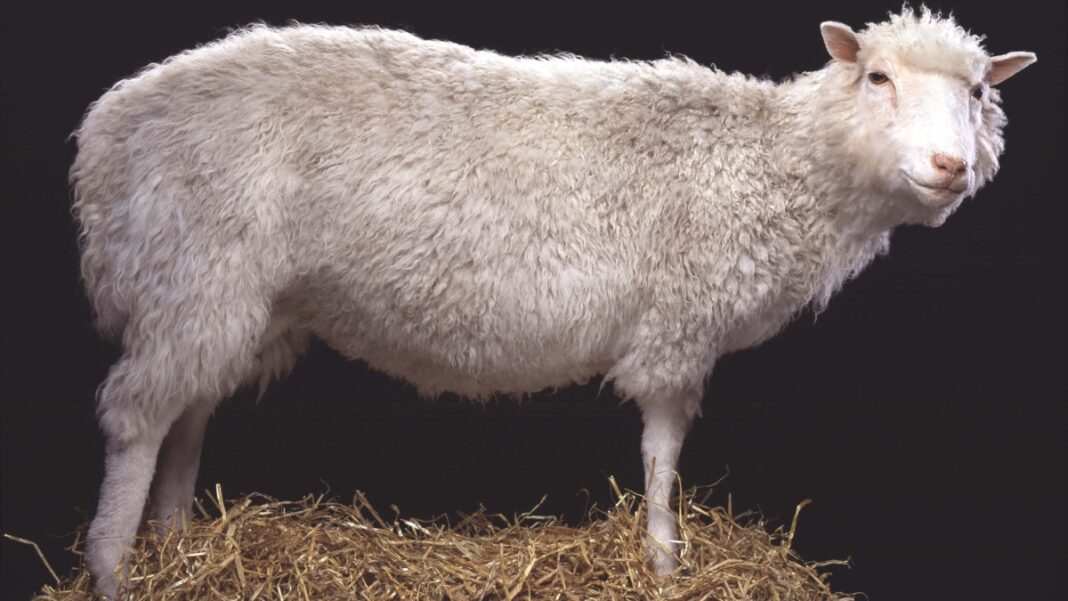SCOTLAND: On February 22, 1997, scientists introduced the world to Dolly the Sheep, a scientific breakthrough that would change the way we think about cloning forever.
Dolly was born in a laboratory in Edinburgh, Scotland, and was the first mammal cloned from an adult cell.
Her birth was the result of the hard work and dedication of a team of scientists led by Professor Ian Wilmut.

The news of Dolly’s birth spread like wildfire across the globe. The breakthrough was seen as a significant milestone in science, as scientists believed that cloning could be used to create organs for transplant and help cure diseases such as cancer and Alzheimer’s.
However, the scientific community was also concerned about the ethics of cloning and the potential dangers of the technology.
The birth of Dolly the Sheep was a significant achievement because it showed that scientists could manipulate adult cells to become any cell in the body, including those that create new life.
Her cloning involved taking a mammary gland cell from an adult sheep and fusing it with an egg cell with its own nucleus removed.
The resulting embryo was then implanted into a surrogate mother, and Dolly was born via a normal sheep birth. This process showed scientists could clone mammals from adult cells, previously thought impossible.
However, cloning was also surrounded by controversy. The scientific community was concerned about the ethical implications of cloning and the potential risks of cloning animals and humans.
Some believed that cloning could create a world where traffickers cloned people to provide organs or serve as replacements for lost loved ones.
The public was also concerned about the potential health risks of cloning, including genetic defects, organ failure, and other health problems.
Despite these concerns, the birth of Dolly the sheep was a significant scientific achievement.
It showed that adult cells could be used to create new life, and it opened up new possibilities for organ transplantation, disease research, and other medical applications.
Dolly lived a relatively normal life until she was put down in 2003 at age six due to a lung disease.
In the years since Dolly’s birth, cloning has continued to evolve. Scientists have cloned other animals, such as cats, dogs, and horses, and there have been significant breakthroughs in stem cell research.
However, the ethical concerns around cloning have also continued to be debated.
The birth of Dolly the Sheep 23 years ago was a groundbreaking achievement for science, and it will continue to inspire and challenge scientists for years to come.
Despite the challenges and ethical considerations surrounding cloning, Dolly remains a symbol of what is possible when scientists push the boundaries of what we think is possible.
Her legacy lives on, and her birth continues to be a source of inspiration for scientific innovation and progress.
Also Read: NASA’s Perseverance Rover Celebrates Two Years of Exploration on Mars



